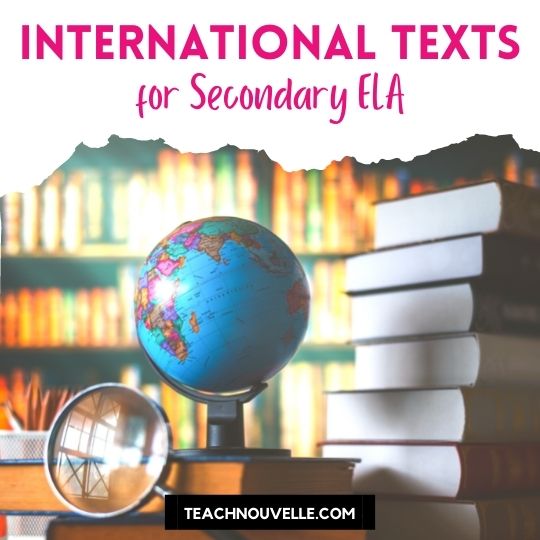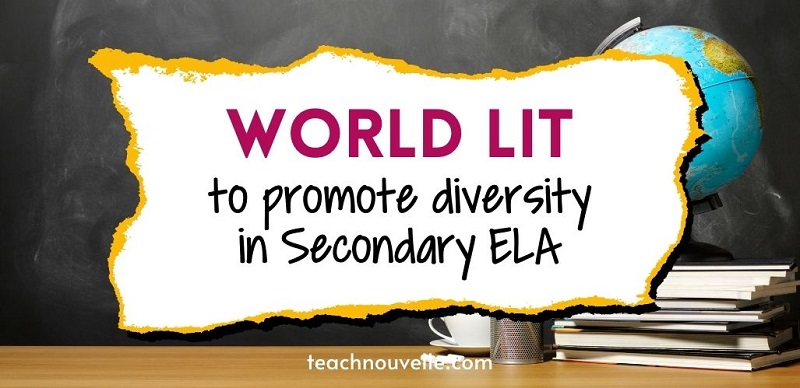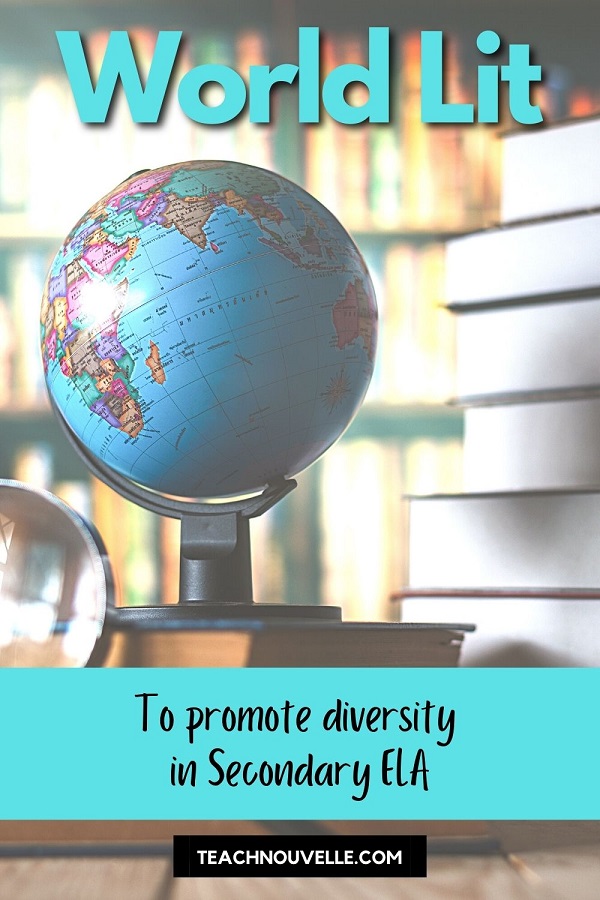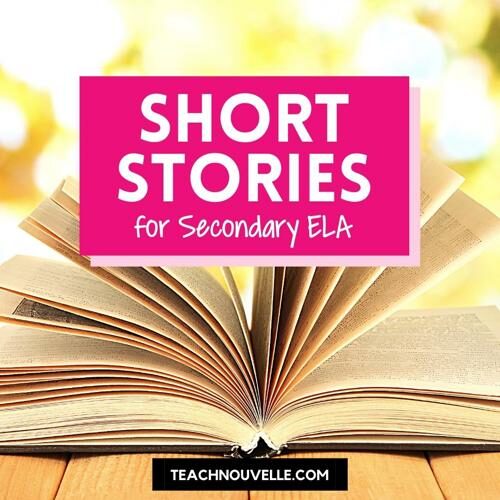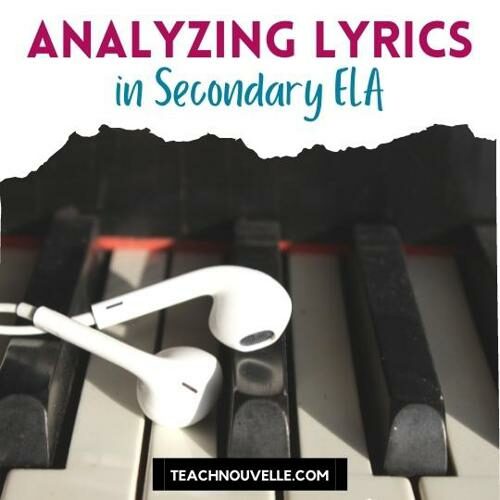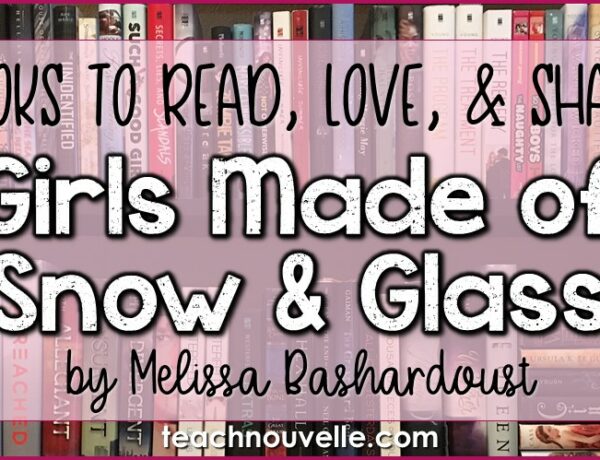One tool for promoting diversity in the classroom is using texts by international authors. Here are 5 texts from around the world your students will love!
Note: This is a guest post, written by Abena. She’s a writer and educator who focuses on promoting diversity in the classroom. Check out her blog, DiversityInMind, and follow her on Instagram @diversity_in_mind. Now, enjoy her text recommendations!
What is Cultural Diversity In the Classroom?
When I taught in the UK, texts from other cultures were part of the curriculum. Often, this meant British-Africa, British-Asian, and so on. It felt like minority cultures were only being validated in part because of their relation to ‘Britishness’ rather than their own individual cultural experiences. (I see this reflected in diverse book lists from other places, like the USA, too.)
As time went on, I realized these ‘diverse’ stories are not enough. They need to be supplemented with tales told by people from other places and in those places.
Now, as a teacher in an Asian international school, I also realize I have a responsibility to provide books where all my students see characters they can relate to for the positive and neutral experiences of life, as well as the struggles.
The teenage years are crucial in terms of identity formation, and we want to give all young people the opportunity to explore their own backgrounds and come away with pride and hope. That cannot happen if all they see in books are people they identify with being oppressed, murdered, dislocated, or discriminated against. Although these stories are often about overcoming such challenges, our students also need to see characters of all backgrounds with their every day (nontraumatic) difficulties and triumphs. A little humor doesn’t hurt, either!
“Diversity” in the classroom doesn’t just mean diversity of culture, but a diversity of individual experiences, too.
Here, I share some starting points to add characters from diverse backgrounds to your secondary school (11-18) bookshelves. I have selected each text because it challenges dominant narratives, thereby allowing both windows and mirrors for our students (and ourselves). These writers have grown up in places unfamiliar, perhaps far away from ‘the West’, and yet their works speak to the universal human experience. I invite you to challenge your students (and yourself!) in exploring something different and, along the way, broaden horizons for all your readers regardless of their heritages and perspectives.
Text Recommendations to promote diversity in the classroom:
The Girl and the Ghost by Hanna Alkaf (Malaysia, Novel)
Kirkus Young Readers Award Finalist 2020
“FOR A WHILE after the witch drew her final breath the ghost sat very still, wondering what to do next. Theoretically, he knew what was supposed to happen: he was a pelesit after all, and a pelesit must have a master. And since he was bound by blood, his new master had to be of the same blood as the old.”
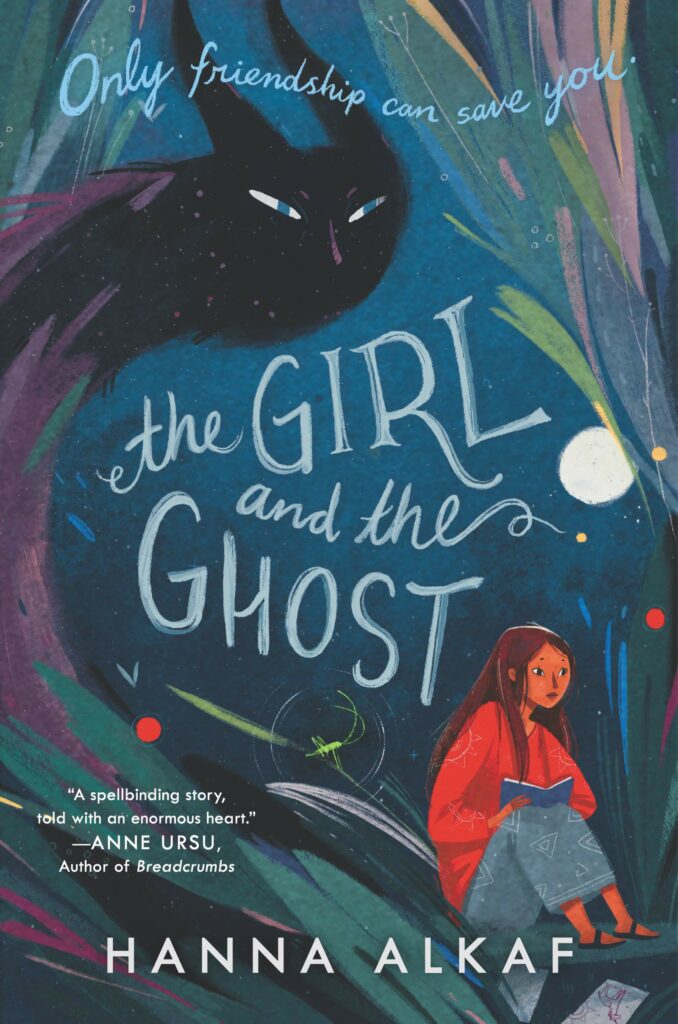
This highly sensory and surprisingly dark fantasy (magic-realism) centers around a young Malaysian girl, Suraya, whose recently deceased grandmother’s pelesit – a spirit or ghost – bonds to her. The being, who she names Pink, at first seems to be a splendid companion for this child with no father and a distant mother. However, pelesits have a dark side. Soon, Suraya realizes she has to use all her strength and willpower to save them both from malevolent forces within and around them.
Set in Malaysia (where I currently live and teach) and infused with Malaysian folklore, this story is beautifully descriptive. It authentically evokes the sensory experience and rhythm of this tropical land. Suraya herself is a Muslim Malaysian and the development of her first genuine friendship with Jing Wei – a Chinese Malaysian – highlights the connections and contrasts in Malaysian society. We can’t help but get caught up with Suraya’s interactions and journey.
The themes this story touches on (friendship, dysfunctional family dynamics, religion, and death) range from heartwarming to disturbing. It’s listed on Amazon as a book for 8 to 12-year-olds, but I recommend evaluating which groups it might be best suited for in your context. You know your students best.
For sure, the story is much more complex than a straightforward folktale or myth, and even older students will enjoy following the unexpected turns this story takes.
For high-schoolers, don’t miss The Weight of Our Sky, also by Hannah Alkaf and available to read here as a Webtoon.
Swimming in the Monsoon Sea by Shyam Selvadurai (Sri Lankan, Novel)
Lambda Literary Award 2006
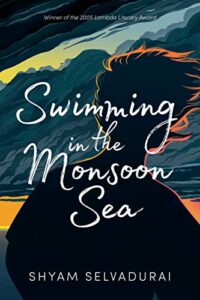
Swimming in the Monsoon Sea is Selvadurai’s first YA novel and it’s set in the lush backdrop of his childhood country during the 1980s. This fictional story follows orphaned but cheerful Amrith – a 14-year-old boy immersed in the lively oasis of his aunt and uncle’s home. His primary focuses are auditioning for his school’s production of Othello and learning to work with his uncle’s business. But when his Canadian cousin – Niresh – moves in, Amrith begins to fall in love with the new arrival. Cleverly interwoven against the theme of Othello is a coming-of-age story, involving themes of jealousy and identity confusion.
What I enjoyed was that, although there is some homophobia from other characters, the plot is not driven by pain and victimization. Instead, this is a tender and beautiful YA LGBTQ story that follows a young man on a journey of self-discovery and growth while immersing the reader in a world they can almost touch and smell.
Coconut by Kopano Matlwa (South Africa, Novel)
European Union Literary Award Winner 2006
“I attend this ancient church because I am comfortable here. I understand nothing of the history of the church. I do not know what the word ‘Anglican’ means nor can I explain to you how the church came to arise. It is simple. I come here because I feel I belong. That is all. The traditions of the church are my own. I do not have any others.”
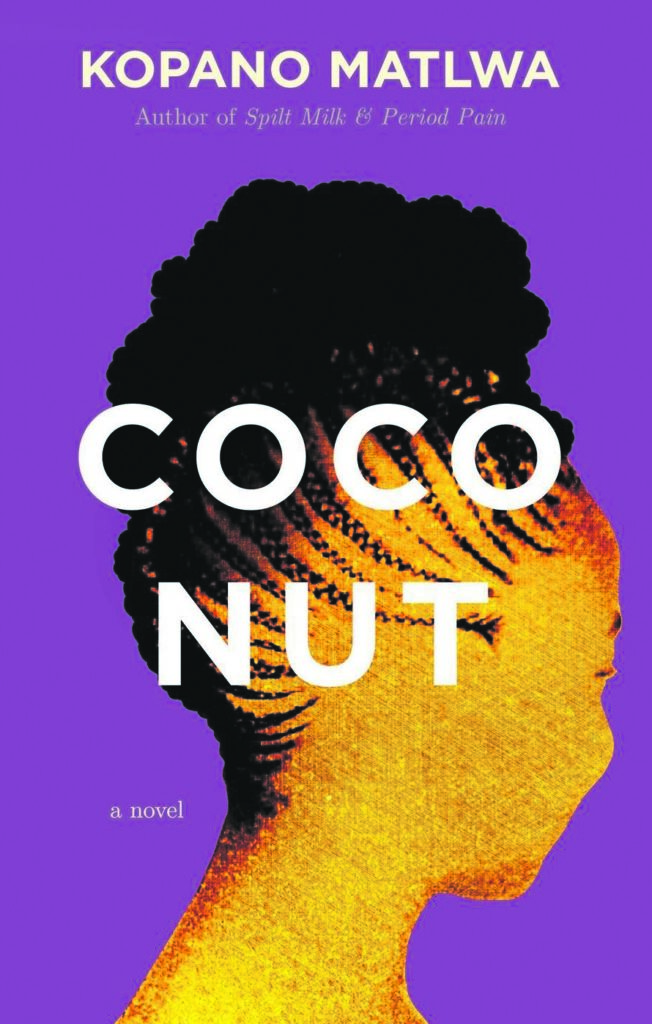
This excerpt from the opening chapter of Coconut raises one of the most important themes of the story – the inexplicable nature of how we are often unquestioningly bound to our past. I have to admit the opening of this book didn’t grab me but, as I continued, this story of two Black girls in a White world resonated deeply. ‘Coconut’ is a term given to people who have dark skin but are (inside) culturally White or who have internalized their own non-White status, often as ‘less than’.
Set in post-apartheid South Africa, this story follows two young women from different sides of the tracks – Ofilwe and Fiks. Their shared story unites them. A story of eschewing their ‘Blackness’ – with greater or lessor reluctance – to succeed in a society that still values light skin. Their struggles with identity, discrimination, and finding their place in the world will be relatable to minorities the world over. Themes of equality versus inequality, self-perception versus self-actualization, and wealth versus acceptance are artfully explored in this novel.
Many Western teens will experience Coconut as a window into a different world. For others, it serves as a much-needed mirror of what it means to fit into a society that sees you as an outsider. Most teen readers will identify with the universal challenges of trying to find their place in the world as they move toward adulthood.
Those Who Wait by Ruby Yayra Goka (Ghana, Novel)
Burt Award Honour 2012
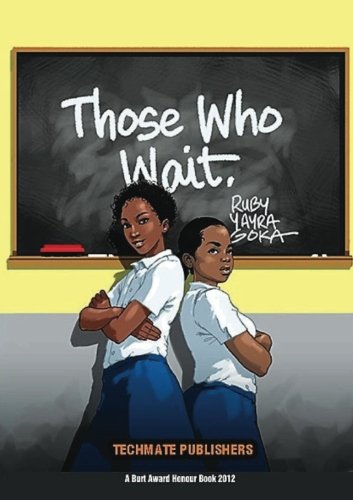
I couldn’t resist this short book when I came across it, mainly because it’s set in Ghana, the land of my father. This short novel tells the story from the perspective of Patience Acolatse, a 12-year-old schoolgirl. As a character, Patience is immediately endearing because of her childlike view of the world. Goka peppers the narrative with ‘facts’ that bring a smile to your face and force us to reflect that stereotypes go both ways between cultures.
“Sandra Wilson, my best friend, says Fantis love English things, like watches with chains, hats with feathers and English food like puddings.”
Feathers and food aside, the story centers around Patience’s relationship with her cousin, Rowena, who comes to live with Patience’s family. It’s not long before conflict arises between the girls in predictable and unpredictable ways. It’s a story told with both quiet and laugh-out-loud humor and has a powerful sense of place and time. The narration is straightforward, with clever observations and experiences all middle-schoolers can relate to.
Those in Western classrooms will appreciate how we are all different in our own ways and all so much alike. While the story introduces different aspects of Fanti and Ghanaian culture and language, it does so in a way that is accessible to younger readers. Dealing with topics of friendship, family dynamics, jealousy, and kindness, this is a younger middle school tale with heart.
Half-Caste by John Agard (Guyana, Poem)
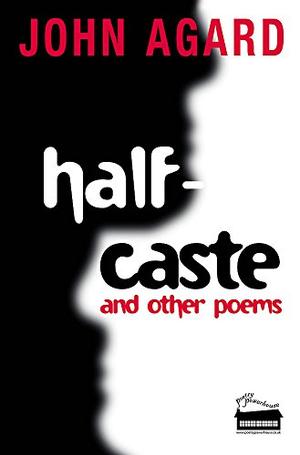
John Agard was born in British Guiana (now Guyana) and moved to England as an adult. Half-Caste is the titular poem of his 2005 anthology. In it, the speaker assumes the role of a naïve inquirer who is trying to work out the meaning of the often-considered offensive label ‘half-caste’ – a term used to describe those of mixed ethnic heritage. Written in the dialect of Agard’s home country (Guyana), and set in England, the stanzas humorously (and satirically) explore what ‘half-caste’ could possibly mean. He introduces parallels that draw out the absurdity of something being ‘half’ anything:
Explain yuself
Wha yu mean
When yu say half-caste
Yu mean when picasso
Mix red an green
Is a half-caste canvas?
The poem is one of many in this much-celebrated anthology of Agard’s poems. One aspect of teaching this anthology that I enjoy is how it challenges everyday assumptions in unexpected ways. Often playful, always challenging, this poem (and the collection to which it belongs) offers many opportunities for rich discussion. The collection is also rich in allusion and intertextuality, meaning we can interpret it at different levels depending on the age and experience of the reader. Whether your students are poetry-reluctant or poetry lovers, they will have a hard time resisting the appeal of John Agard and his entertaining performances.
Final thoughts on promoting diversity in the classroom:
While I work in an international school representing over 64 nationalities (and immeasurable diversity within those rather trivial categories), I believe the more we all read across cultures, the better we understand each other and ourselves.
Whether your classroom is monocultural or multicultural, prioritizing diversity in the classroom is a gift to your students in so many ways. From seeing characters ‘like them’ to gaining insights into other ways of being, access to such stories can only enhance our understanding of what it means to be human. I encourage you to use these texts as a starting point to increase the diversity in your classroom. And remember, you don’t have to work alone! You can recruit parents/community members to ensure your collection grows intentionally and in relation to the context around and beyond your own.
Danielle here:
If you want more text ideas for increasing diversity in the classroom, check out this list. It has short stories, TED Talks, YA/MG novels, nonfiction, music, TV, and more!
I know as a teacher it’s hard to keep up with all the new releases in YA & MG. That’s why I created The YA Cafe Podcast, along with with my wife Amanda. Each episode is roughly 30 minutes, and is spoiler-free for the first half! We give you the rundown on YA novels by Queer and/or POC authors so that even if you don’t have time to read the book, you can decide if it’s a good choice for your classroom library.
And lastly, check out this post on how to get free books for your classroom library, because striving towards more diversity in the classroom doesn’t have to break the bank.
Happy teaching!

